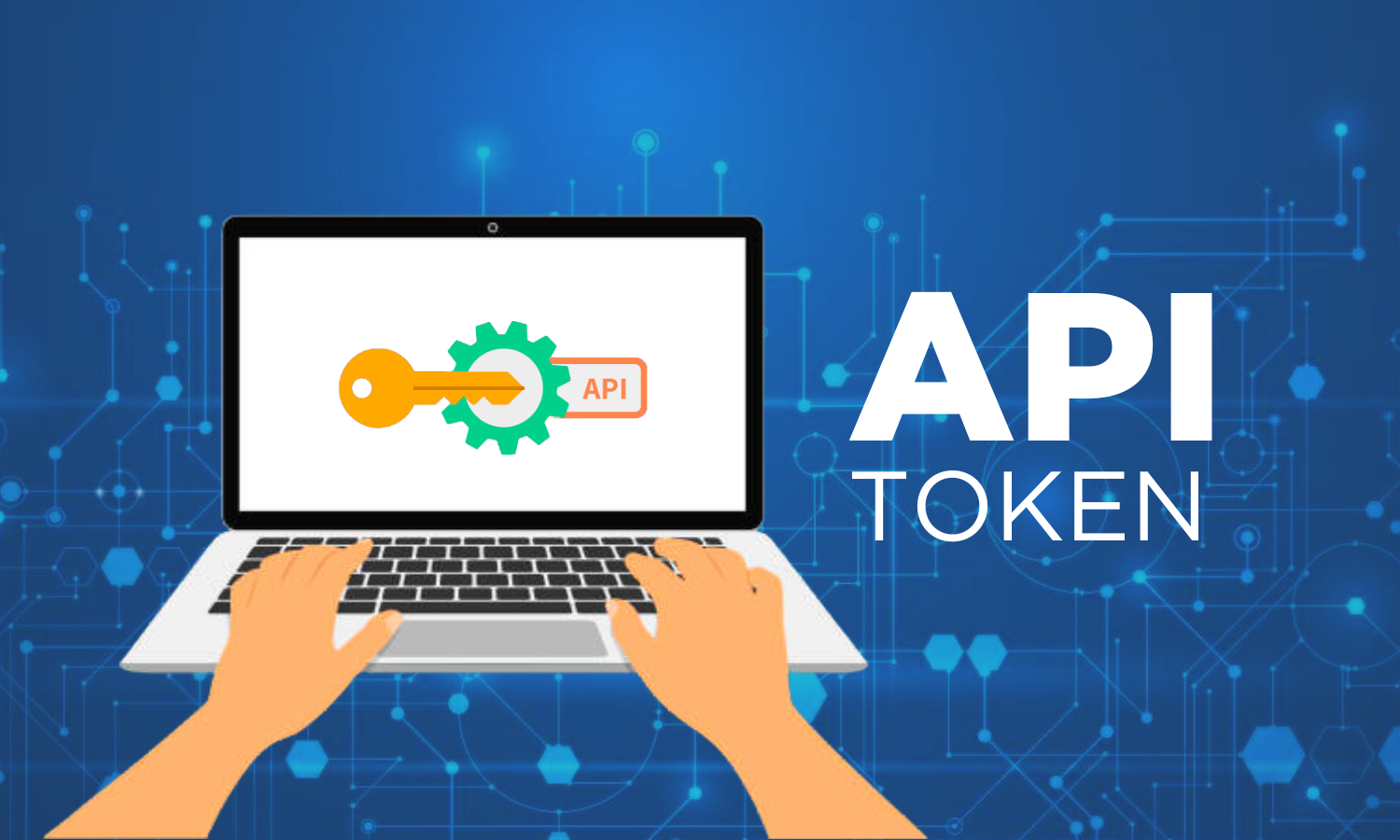

Updated · Feb 11, 2024
Updated · Oct 25, 2023
With a master's degree in telecommunications and over 15 years of working experience in telecommunic... | See full bio
Florence is a dedicated wordsmith on a mission to make technology-related topics easy-to-understand.... | See full bio
Phishing is a social engineering attack that allows attackers to obtain information from a compromised account, such as login passwords and banking information. It is responsible for 36% of all US reports on data breaches.
In phishing, hackers entice the victim to click on a link and then use that vulnerability to conduct their attack. One of the main reasons why attackers carry out these attacks is to collect personal information on the victim and use that to steal their finances or even their identity.
Phishing also comes in different forms. In this article, discover the difference between spear phishing and whaling phishing and how to prevent yourself from falling victim.
|
🔑 Key Takeaways:
|
Both spear phishing and whale phishing utilize email or electronic communication to conduct their attacks. The hacker aims to trick the victim through social engineering, content spoofing techniques, and email spoofing.
Spear Phishing and whaling have similarities in that they are both phishing tactics. However, they also have key differences.
Spear phishing and whaling are distinct variations of phishing attacks that share common tactics but target different levels of individuals within an organization.
Spear phishing typically directs its efforts toward specific individuals or small groups. The attackers tailor their messages with a high level of personalization, often referencing the recipient's name, position, or other relevant information.
These attacks tend to be more subtle, as they aim to establish a sense of trust before extracting sensitive information or introducing malware. They can be particularly effective because of the convincing context they create.

On the other hand, whaling is a more specialized form of phishing that aims at senior executives, high-ranking officials, or individuals with significant decision-making power.
Whaling attacks are marked by their strategic approach, seeking to exploit these individuals’ authority and access.
Attackers may impersonate company executives or other respected figures to manipulate the target into taking specific actions, such as transferring funds or sharing confidential information.
Due to the potential impact of successful whaling attacks, they often involve higher stakes and can lead to substantial financial losses or significant data breaches.
|
🎉 Fun Fact! The term "whaling" in the context of cyberattacks draws its inspiration from the maritime practice of hunting whales for their valuable resources, such as oil and blubber. |
With more people relying on the internet, knowing whether the email or message you received came from legitimate and trusted sources is important. Doing so can prevent hackers from accessing your data and help your company avoid costly data breaches.
As they say, the best offense is a good defense. While you can't stop hackers from targeting you, you can reduce the chances of these attacks being successful.
Here are five ways to prevent spear and whale phishing:
Educating employees about security precautions is important so the company can have a standardized understanding of how these attacks work.
This process can take time and constant learning as cybersecurity threats have become more sophisticated and constantly evolved.
It is best if organizations include cybersecurity knowledge in new employee orientation procedures and do routine refresher training for all employees to safeguard sensitive data and systems.
|
✅ Pro Tip! It would help if you looked for bite-size programs that reiterate a few key themes to help your employees quickly understand the information provided in the training. |
Phishing simulations can help an organization assess whether its employees are equipped with the right knowledge in case of an attack. These simulations can be carried out with the help of a cybersecurity expert.
|
🎉 Fun fact: Only 1 in 5 employees report phishing emails. Employees are more likely to report in the morning and the middle of the week. |
Cyberattacks like phishing can be substantially less damaging when using multi-factor authentication (MFA) because it reduces the possibility of spear phishing success by requiring users to provide two or more identity verification elements to access protected resources.
As much as possible, avoiding using the same password across many accounts is also crucial, aside from having further authentication procedures.
|
✅ Pro-tip! To benefit from multi-factor authentication and strong passwords, you should protect your system using the information no one else knows and limit access to your database. |
Only 45% of Americans said they would change passwords after a breach. Having loose or non-existent password management policies will put your computer system at risk.
Implementing strict password management measures in your organization can make it difficult for hackers to access important data.
Regular backups and security patch installation can help restore important data after a breach.
As software developers release new security precautions, patch management keeps your program up-to-date and secure. It’s also best to keep up with online privacy and security trends to deal with different types of cyberattacks.
|
✅ Pro Tip! To keep your information organized, consider naming your backups using a date convention and keep double backup copies. |
Investing in reliable email security software is the easiest way to avoid phishing scams. This software should detect data leaks and compromised credentials automatically so you can stop information from ending up in the wrong hands.
If your vendors manage sensitive data on your behalf, remember that these attacks don't necessarily have to originate from your domain. Third-party vendors should have the same security measures in place as your company.
Consider investing in a security ratings supplier that can assist you in quickly identifying the main dangers present in your portfolio of vendor relationships.
|
✅ Pro tip! Verify whether your vendors have a thorough data security plan to safeguard the information you share with them. The plan should specify the steps they take to safeguard customer data, like MFA, password management, and software updates. |
With over 83% of organizations falling victim to a phishing attack, knowing how to spot one is very important.
Some ways to identify a phishing email are:
When you receive an email from a public domain, like '@gmail.com,' start questioning the email's legitimacy. Because creating an account in these domains is easier, scammers often use them to create fake accounts. Then, they will use those fake accounts to carry out their malicious intentions.
Another telling detail is when the email comes from an address not affiliated with the apparent sender. Some scammers would include an organization's name in the local part of the domain, like [email protected]' to gain the trust of the email's recipient.
|
✅ Pro Tip: Email hackers can " hide" their email addresses so that it appears they are coming from a reliable source. Hover over or click the "From" name to reveal the sender's email address to see if it matches who they say they are. |
There are tiny details in domain names that would prove it is from a scammer: the domain name is misspelled. Anyone can buy a domain name, but not everyone can buy the same domain name because it has to be unique.
Poor spelling and grammar can tell you that the email needs to be better thought out and checked. If you receive an email from another organization, it is crucial to check the grammar and the contents to ensure it is professional and error-free.
If you see a suspicious attachment or link, it might contain a payload that aims to acquire sensitive information. This is why it is very important to stay vigilant when clicking suspicious links.
When an email contains a feeling of urgency, this is how hackers appeal to the emotions of a receiver. An example of this is when your work superior makes you send money urgently.
Now, if you click on a phishing link, don't panic. Here's what you can do:

Regardless of one’s level of digital proficiency, phishing attacks can affect anyone. Even though they were extremely unfortunate, past attacks have helped people to adopt preventive measures.
In the ever-evolving landscape of cyber threats, phishing remains a potent weapon in the hands of hackers seeking to exploit human vulnerabilities.
Through awareness, education, and proactive measures, you can fortify your defenses and ensure that the phishing nets cast by cybercriminals are met with the resilience of an informed and empowered community.
The mantra remains clear: prevention is the key to keeping your digital domains secure.
It is a cybercrime where hackers use emails to defraud their targets. Phishing is one of the most common reasons for data breaches in organizations.
It's a phishing attack that targets an important person in the organization. The cybercriminal pretends to be a superior organization member to gain the target's trust.
About 91% of recorded successful cyber attacks that caused data breaches started with a spear phishing attack.
Spear phishing is effective because it appeals to human response. Hackers make you believe they are legitimate by spoofing email domains, making you think they're your work superior, and making you feel emotions like urgency and embarrassment.
Your email address will not be published.
Updated · Feb 11, 2024
Updated · Feb 11, 2024
Updated · Feb 08, 2024
Updated · Feb 05, 2024



